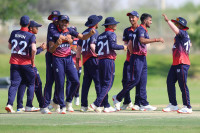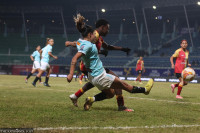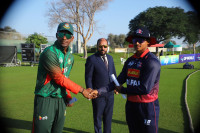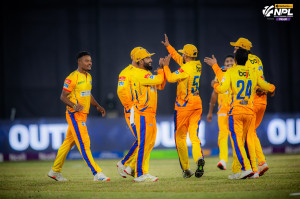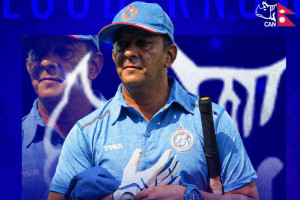Sports
13th South Asian Games expenses unveiled, but nearly after one year
Rs 1.75 billion was spent on infrastructure while Rs 1.31 billion went to the holding of matches during the Games.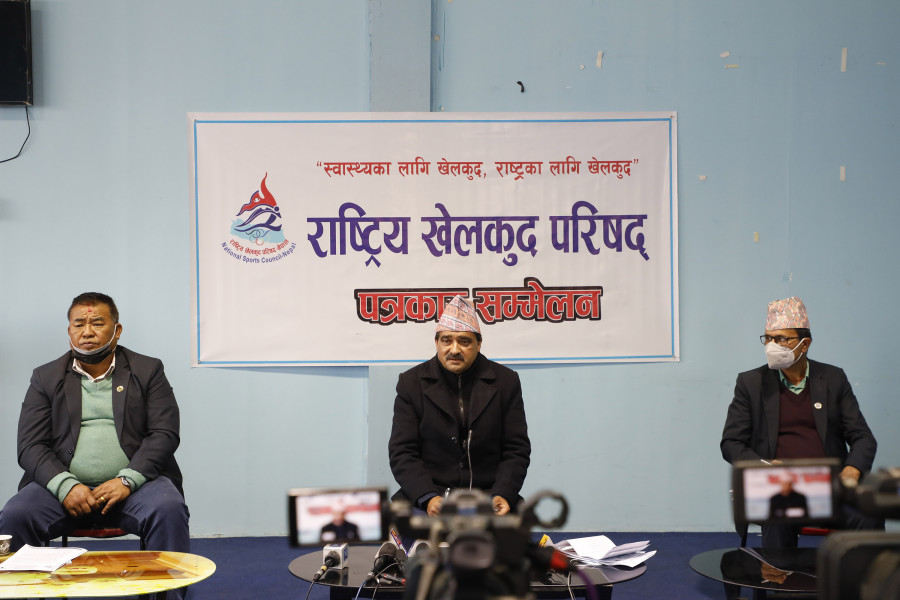
Sports Bureau
The National Sports Council (NSC) on Sunday unveiled the details of the Rs 3.06 billion spent to organise the 13th South Asian Games (SAG), nearly a year after the sub-continental sporting event was held in December, 2019.
Of the total expenses, the NSC said Rs 1.75 billion was spent on infrastructure while Rs 1.31 billion went to the holding of sports events from the state coffers, according to the financial report released on Sunday. However, Rs 2.86 billion was the total amount spent over the past years on infrastructure development.
NSC Member Secretary Ramesh Kumar Silwal, who had promised to make public the transaction details of SAG within three months of the completion of the Games held from December 1 to 10, shared the details of incomes and expenses only after more than 11 months.
“It took really longer than what I expected to collect and prepare the financial report of the mega event,” said Silwal, who was hailed for successfully organising the multi-disciplinary sports event six months after his appointment at the council, apologising for the delay.
“It took a long time to collect the expenditure details of the event held at three different locations of the country. We were able to collect all details by mid-November only. The lockdown imposed by the government to curb the spread of the coronavirus also contributed to the delay,” said Silwal at a press conference on Sunday.
The event, which featured 26 disciplines, was organised in Kathmandu, Pokhara and Janakpur. Altogether 3,652 athletes had participated in the events that saw competition among seven member associations of the SAARC region.
While the government had allocated a budget of Rs 3.65 billion for the organising part, Rs 1.93 billion was frozen, prompting Silwal to make a claim that the NSC saved almost Rs 2.4 billion of the taxpayers’ money. The budget does not include the cash reward given to medalists of the Games by the government.
“Rather than going for the public spending procedure due to the short time available, we resorted to direct contact for buying the required kits. So we were able to save the cost. Besides, we also reduced the budget for the opening and closing ceremonies while the Home Ministry took over the responsibility of security without us having to spend on it,” said Silwal.
The Ministry of Youth and Sports had formed a taskforce to prepare an estimated budget for the Games in June last year and the Pitambar Timalsina-led committee had proposed a budget of Rs 5.265 billion for work execution. But the government had allocated only Rs 3.65 billion.
It was the third time that Nepal hosted the games after hosting the first edition in 1984 and the eighth in 1999. Nepal had wrapped up the event with a record haul of 51 gold, 60 silver and 96 bronze medals to finish second in the medal standings. India once again dominated the final medal count with a total of 312 medals, including 174 gold.




 17.12°C Kathmandu
17.12°C Kathmandu